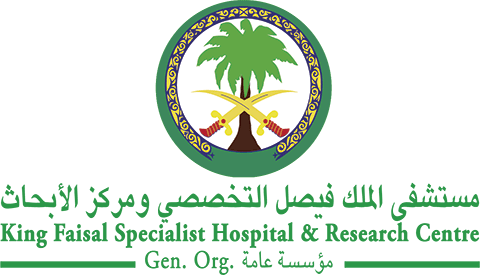Abstract
The World Health Organization-designated Eastern Mediterranean region (EMRO) consists of 22 countries in North Africa and Western Asia with a collective population of over 679 million. The area comprises some of the wealthiest countries per capita income and some of the poorest. The population structure is also unique and contrasts with western countries, with a much younger population. The region sits in the heart of the thalassemia belt. Many countries have a significant prevalence of sickle cell disease, and cancer is on the rise in the region. Therefore, the strategic priorities for the growth and development of hematopoietic stem cell transplantation (HSCT) differ from country to country based on resources, healthcare challenges, and prevalent infrastructure. Thirty-one reporting teams to the Eastern Mediterranean Blood and Marrow Transplantation Group have active HSCT programs in 12 countries; allogeneic transplants outnumber autologous transplants, and the proportion of allotransplants for nonmalignant conditions is higher in the EMRO region than in Western Europe and North America. The vast majority (99%) of allotransplants are from matched related donors. Matched unrelated donors and other alternate donor transplants are underutilized. The chance of finding a matched related donor for allografts is higher, with a significant chance of finding matched donors among non-sibling related donors. Reasons for relatively lower rates of transplants compared with other countries are multifactorial. Capacity building, development of newer centers, innovative funding, and better utilization of information technology are required to make transplantation as an accessible modality to more patients. Cost-effectiveness and cost-containment, regulation, and ensuring quality will all be priorities in planning HSCT development in the region.
Recommended Citation
Ahmed, Syed Osman; El Fakih, Riad; Elhaddad, Alaa; Hamidieh, Amir Ali; Altbakhi, Abdulghani; Chaudhry, Qamar-Un-Nisa; Bazarbachi, Ali; Adil, Salman; Al-khabori, Murtadha; Othman, Tarek Ben; Gaziev, Javid; Khalaf, Mohamad; Alshammeri, Salem; Alotaibi, Sultan; Alshahrani, Mohammed; Bekadja, Mohamed Amine; Ibrahim, Ahmad; Al-Wahadneh, Adel Mohammed; Altarshi, Muna; Alsaeed, Ahmad; Madani, Abdellah; Abboud, Miguel; Abujazar, Husam; Bakr, Mohamad; Abosoudah, Ibraheem; Cheikh, Jean El; Almasari, Ahlam; Alfraih, Feras; Baldomero, Helen; Elsolh, Hassan; Niederwieser, Dietger; Chaudhri, Naeem; and Aljurf, Mahmoud
(2023)
"Strategic priorities for hematopoietic stem cell transplantation in the EMRO region,"
Hematology/Oncology and Stem Cell Therapy: Vol. 16
:
Iss.
3
, Article 1.
Available at: https://doi.org/10.1016/j.hemonc.2021.09.006
Creative Commons License

This work is licensed under a Creative Commons Attribution-Noncommercial-No Derivative Works 4.0 License.
Included in
Cancer Biology Commons, Hematology Commons, Oncology Commons

